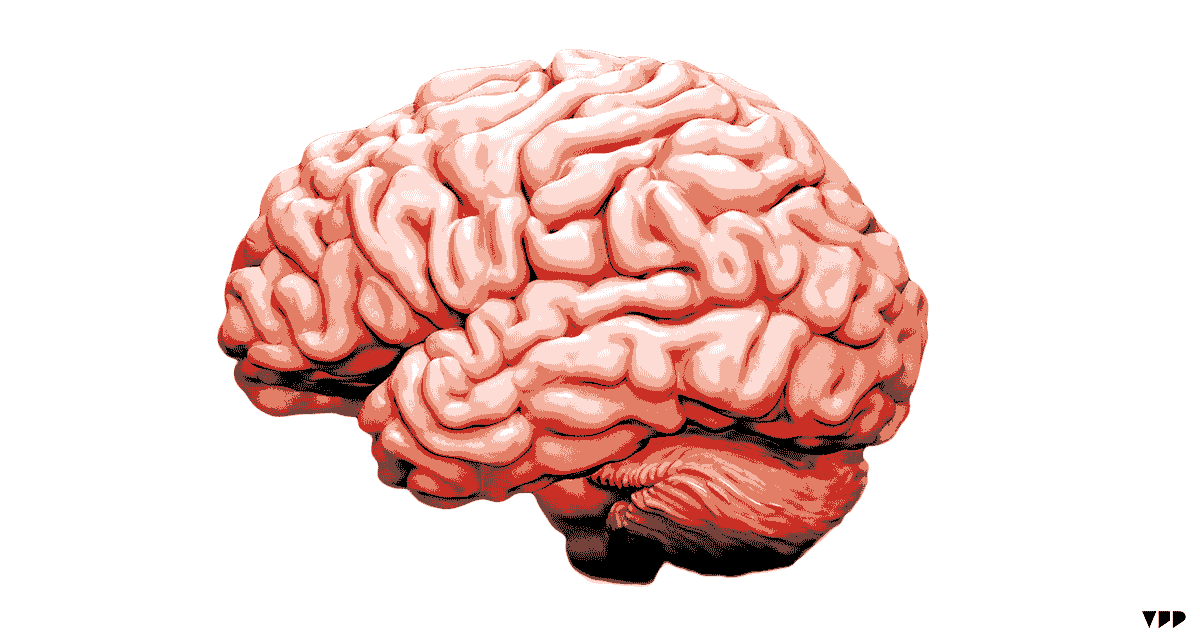TikTok sugar highs the brain
Future. A body of research is discovering that TikTok’s unique mix of snackable content and a highly-personalized recommendation algorithm is rewiring brains for instant gratification — priming us to crave digital dopamine rushes. This is especially true for teen users, whose brains are still developing. While TikTok is introducing features to break the cycle of the endless scroll, Millennials — the first generation raised on social media and now having kids of their own — may be at the forefront of curbing digital use.
Candy algorithm
Teens have TikTok on the brain. In today’s least-surprising news, TikTok is addictive… but it’s the most addictive to kids, who have yet to develop a fully-formed prefrontal cortex — the part of the brain responsible for decision making and impulse control.
- A study out of China’s Zhejiang University studied brain scans to determine that those with lower self-control have trouble pulling away from the app — especially the ones recommended by the algorithm for you personally.
- That’s because videos that the algorithm determines you will like activates the reward centers of your brain, flooding it with dopamine.
- A WSJ investigation discovered that TikTok, like other services, figures out what users like based on how long they stay on a video and then serves up more of the same (hello, dopamine).
This cocktail of input is allegedly making it hard for kids to stay focused on activities that require more attention than the instant gratification of a TikTok… and the deluge of TikToks that keep getting recommended.
Practice focus
Dr. Michael Manos, the clinical director at the Center for Attention and Learning at Cleveland Clinic Children’s ADHD Center, said that a diet of “constantly changing” TikToks make it difficult for kids to transition to activities that require “sustained attention.”
Meanwhile, John Hutton, a pediatrician and director of the Reading & Literacy Discovery Center at Cincinnati Children’s Hospital, lays out a prescription: “If you want kids to pay attention, they need to practice paying attention.” That means limiting the amount of time kids (and, let’s be real, adults) spend on TikTok.
All of this isn’t news to TikTok. The app recently rolled out updates to curb usage among kids, including turning off push notifications after 9 pm for users 13-15 years old. The app also literally reminds users to take a break and go outside — that’s how you know you’re TikToking way too much.
TOGETHER WITH CANVA
No design skills needed! 🪄✨
Canva Pro is the design software that makes design simple, convenient, and reliable. Create what you need in no time! Jam-packed with time-saving tools that make anyone look like a professional designer.


